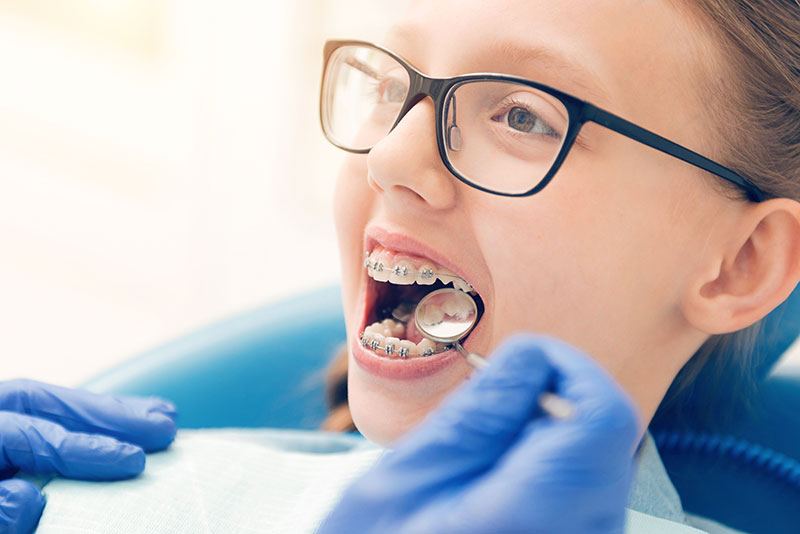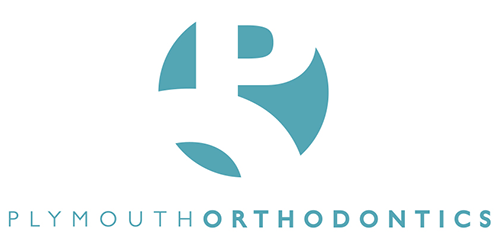Phase I Treatment
What is Phase I Treatment?
Since children grow at different rates, the best age for treatment to begin does vary with each child. The American Association of Orthodontists (AAO) recommends that a child’s first visit to an orthodontist should take place when an orthodontic problem is first detected. In all cases, the AAO recommends that every child visit an orthodontist by no later than age 7. An early examination allows the determination of how and when a child’s particular problems should be treated for maximum improvement with the least amount of time and expense. Early treatment may achieve results that are unattainable once the face and jaws have finished growing. The Phase I treatment approach is considered interceptive or preventative.
Children sometimes exhibit early signs of jaw problems as they grow and develop. An upper and lower jaw that is growing too much or not enough, or is too wide or too narrow can be recognized at an early age. If children over age seven have these jaw discrepancies, they are candidates for the first phase of orthodontic treatment.
Since children are growing rapidly, they can benefit enormously from the first phase of orthodontic treatment because specific appliances can be prescribed that direct the growth of their upper and lower jaws toward an ideal relationship. Thus, a good foundation can be established providing adequate room for the eruption of all permanent teeth.

Goals of Phase I Orthodontic Treatment
This is treatment with fixed or removable appliances for generally a 6 to 14-month period to correct poor jaw growth, create space for developing teeth and/or provide normal facial muscle and development. It can take place in one or both jaws, and the following are some example of when treatment may be indicated:
- Protruding upper front teeth (Overjet)
- Severe crowding
- Lower teeth in front of upper teeth (Underbite)
- Severe front tooth overlapping (Deep bite)
- Front teeth don’t overlap (Open bite)

What can early intervention accomplish?
For those patients who have clear indications for early intervention, early treatment presents the opportunity to do the following:
- Influence jaw growth in a positive manner.
- Harmonize width of the dental arches.
- Improve eruption patterns.
- Decrease the risk of trauma to protruding upper front teeth.
- Correct/Eliminate harmful oral habits.
- Improve esthetics and self-esteem.
- Simplify and/or shorten treatment for later orthodontics.
- Reduce the likelihood of impacted permanent teeth.
- Improve some speech problems.
What happens after Phase I Treatment?
After Phase I treatment is completed, all appliances are removed. Then your child will be placed on observation recall where we will monitor about every four to six months the eruption of your child’s permanent teeth. Retainers may be recommended during this observation period. Approximately 10% of patients undergoing Phase I treatment will end up not needing the second phase. However, 90% of Phase I patients will still eventually benefit from Phase II treatment utilizing full upper and lower braces to finalize the bite correction.
The best way to learn what orthodontic treatment could do for you or your child is to call Plymouth Orthodontics at (734) 455-2323. We are always available to talk with you and address your concerns. Please feel free to contact us during office hours.
